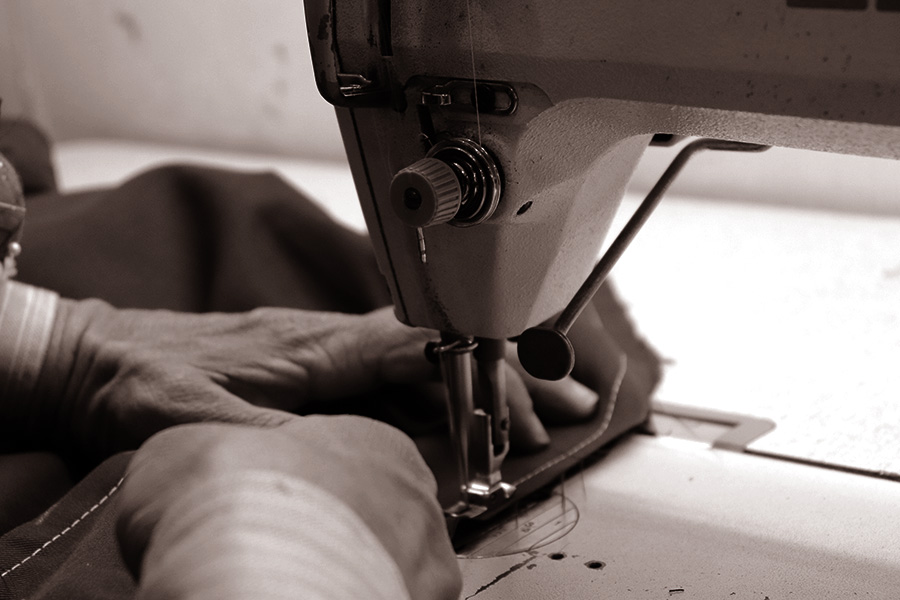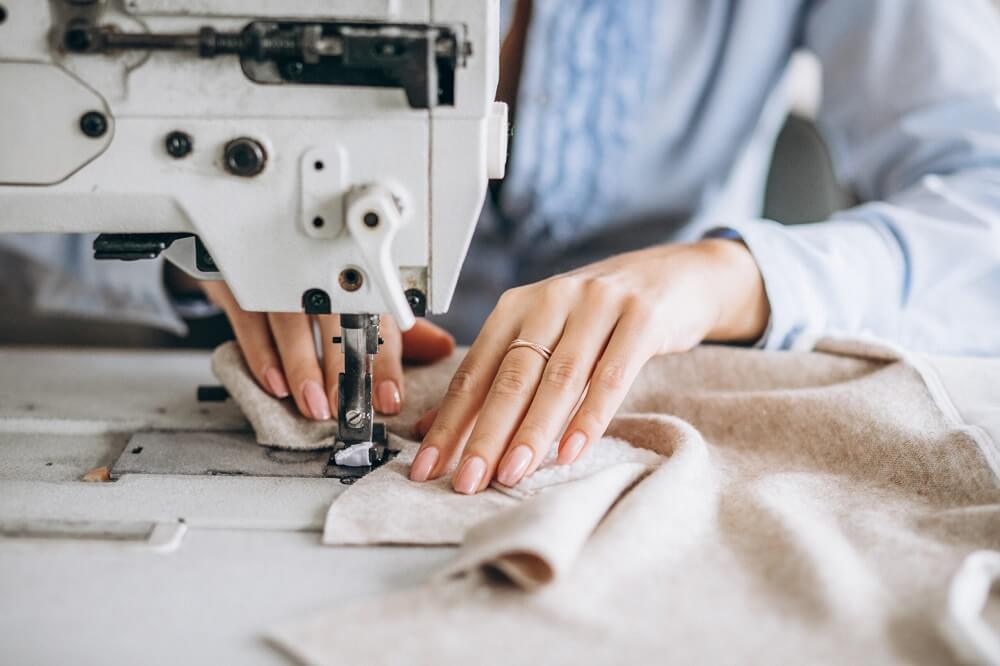Tailor Perth Excellence: Your Destination for Bespoke Tailoring
Tailor Perth Excellence: Your Destination for Bespoke Tailoring
Blog Article
Recognizing the Tailoring Refine: From Textile Option to Last Suitable for the Suitable Wardrobe
The tailoring process is a complex interaction of art and scientific research, starting with the critical decision of textile option and finishing in the accurate adjustments of final fittings. Each fabric kind brings one-of-a-kind high qualities that affect not just the aesthetic charm but also the garment's long life and suitability for numerous events. Comprehending the nuances of tailoring techniques can boost one's closet to extraordinary levels of elegance. As we check out these aspects even more, one should consider just how even the tiniest information can significantly influence the general end result of one's individual design.
Importance of Material Option
Picking the best textile is essential in the customizing procedure, as it straight affects the convenience, sturdiness, and total visual of the final garment (tailor perth). The option of fabric establishes the structure for the garment's design, functionality, and performance. Different materials have special residential or commercial properties, such as stretch, breathability, and weight, which can dramatically influence just how the garment drapes and fits the body
In addition, textile choice impacts the garment's longevity and ease of care. Top quality fabrics can endure deterioration, preserving their appearance and structure over time, while lower-quality materials may lead to pilling or fading. Additionally, the right textile adds to the garment's capacity to change across celebrations and periods, therefore improving adaptability.
A tailored piece made from an appropriate fabric not only showcases workmanship however likewise elevates the user's confidence. As a result, comprehending the nuances of textile selection is vital for any tailoring undertaking. It makes certain that the last item not only fulfills the aesthetic needs of the customer however likewise straightens with practical requirements, therefore attaining an unified balance in between form and feature in the customized closet.
Sorts Of Fabrics and Their Usages
Comprehending the various kinds of fabrics readily available is important for making informed decisions throughout the tailoring process. Each textile possesses one-of-a-kind attributes that determine its suitability for details garments and events.
Its versatility permits it to be tailored into whatever from t shirts to outfits. Its natural elasticity assists garments keep form over time.
Silk exhibits luxury and is light-weight, making it ideal for eveningwear and delicate blouses; nevertheless, it requires careful handling due to its fragility. Bed linen, with its distinctive coating, is a popular option for cozy environments, giving a crisp and airy feel, yet it wrinkles conveniently, which might influence the garment's appearance.
Synthetic materials, such as polyester and nylon, deal resilience and resistance to creases, making them suitable for day-to-day wear and active clothes. Understanding these textile types and their homes permits far better decision-making, ensuring that each customized piece not only fits well yet also straightens with the desired objective and event.
The Tailoring Strategies Explained
The art of customizing counts on a selection of methods that transform textile right into well-fitted garments. Central to this procedure is pattern preparing, where a tailor creates layouts based on the customer's dimensions and desired style. This initial action makes certain that the garment will certainly fit the wearer effectively prior to any type of cutting takes place.
As soon as patterns are established, cutting strategies enter play. Precision is extremely important as errors can cause misfitting garments. Tailors typically utilize numerous reducing methods, such as single-layer reducing for elaborate designs and multiple-layer reducing for efficiency discover this info here on basic patterns.
Basting is another crucial method, allowing dressmakers to briefly sew fabric assemble for an initial fitting. This method uses the opportunity to examine the drape and overall shape before last stitching.
Seaming strategies, including french seams and flat-felled seams, boost the garment's toughness and aesthetic charm. Tailors also use techniques such as interfacing and extra padding to provide framework and form to particular areas, like shoulders and collars.
Last but not least, completing strategies, including hemming and side completing, make certain the garment's longevity while offering a sleek appearance. With each other, these techniques develop the foundation of reliable tailoring, resulting in elegant, tailor-made apparel.
Fitting Modifications and Factors To Consider

Secret considerations consist of the shoulder fit, which must neither droop neither limit motion, and the sleeve length, which must enable comfy arm motion while keeping a refined look. Additionally, changes at the waist can fine-tune the silhouette, with options to allow out or take in fabric as required.
The increase of trousers is an additional essential aspect; it ought to rest easily above the hips without causing pain, allowing for convenience of motion. Hemming lengths for both pants and skirts need to reflect the user's preferred design while appreciating percentages.

Maintaining Your Tailored Wardrobe
Always comply with the treatment tag guidelines, which might suggest dry cleaning for delicate materials or equipment cleaning for more resilient materials. Avoid constant laundering, as this can wear down the material and alter the garment's form.
Storage space is just as crucial; use padded hangers for coats and jackets to maintain shoulder framework, and shop trousers folded up neatly or hung to stop creasing. Protect garments from straight sunlight, which can fade shades and damages fibers.
Furthermore, periodic inspections for minor repair services can stop larger issues. Look for loose buttons, fraying seams, or indicators of moth damages, resolving these troubles promptly visit site to maintain the garment's integrity.
Finally, think about seasonal turning. Wearing tailored items in small amounts permits textiles to recoup, prolonging their lifespan. By applying these maintenance strategies, you can make sure that your customized garments stay as pristine as the day you initially wore them, improving your optimal closet for several years to find.
Conclusion
The customizing process, including material option, competent techniques, and exact fitting modifications, plays a critical function in developing garments that boost both comfort and design. Each phase adds to the general performance of the end product, making certain that clothing not only fits well yet also shows specific identity. Comprehending the importance of maintenance prolongs the life of tailored garments, strengthening their worth in a well-curated closet. A comprehensive method to customizing finishes in a certain and sleek look.
Picking the right fabric is important in the tailoring process, as it directly affects the learn this here now convenience, durability, and overall visual of the last garment. The choice of material sets the structure for the garment's functionality, performance, and style. Various materials possess unique properties, such as weight, breathability, and stretch, which can dramatically impact how the garment drapes and fits the body.
The art of tailoring counts on a range of techniques that change material into well-fitted garments.The tailoring process, including fabric selection, proficient techniques, and specific fitting changes, plays a vital role in creating garments that enhance both comfort and design.
Report this page